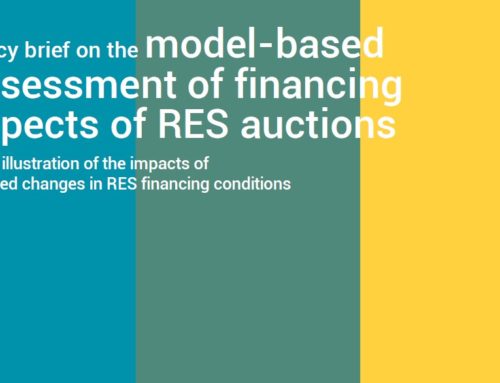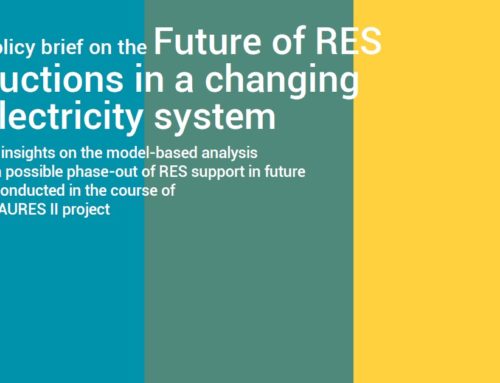This report serves to restate and update the findings of AURES report D4.1-UK published in March 2016. While the fundamental design of the UK auctions system remains largely unchanged, substantial shifts in the policy context and the additional experience and data from two further auctionAn auction is a market mechanism with the aims of allocating... processes (one completed, another in progress at the time of writing) warrant an updated evaluation and report.
The UK has been a frontrunner in the use of RES auctions. From early experiences with the Non Fossil-Fuel Obligation (NFFO) auctions in the 1990s to the current auctionAn auction is a market mechanism with the aims of allocating... system, first announced in 2011, the use of competitive allocation mechanisms has been central to the UK’s approach to supporting new renewable electricity generation projects.
However, the use and design of renewable auctions remain a source of policy debate and discussion in the UK. For example, the potential for a combination of auctionAn auction is a market mechanism with the aims of allocating... dynamics and the application of a cap on the volume of ‘fuelled’ renewable technologies led to higher than necessary supportJust like administratively set support, auction-allocated su... costs being awarded to some projects has been the subject of an enquiry by the national audit office (NAO 2018).
The remainder of this report adopts the following structure:
- Section 2 provides an updated overview of the UK electricity sector
- Section 3 outlines the key features of the UK RES auctionAn auction is a market mechanism with the aims of allocating... system, including recent rule changes
- Section 4 updates our earlier evaluation of the programme in light of recent auctions
- Section 5 concludes
Download the report here.



